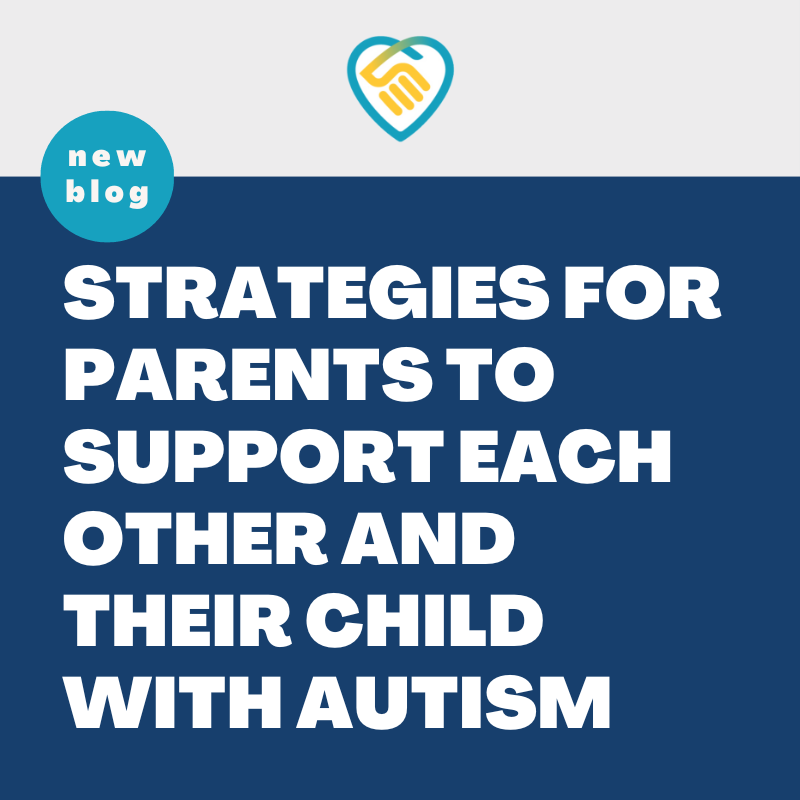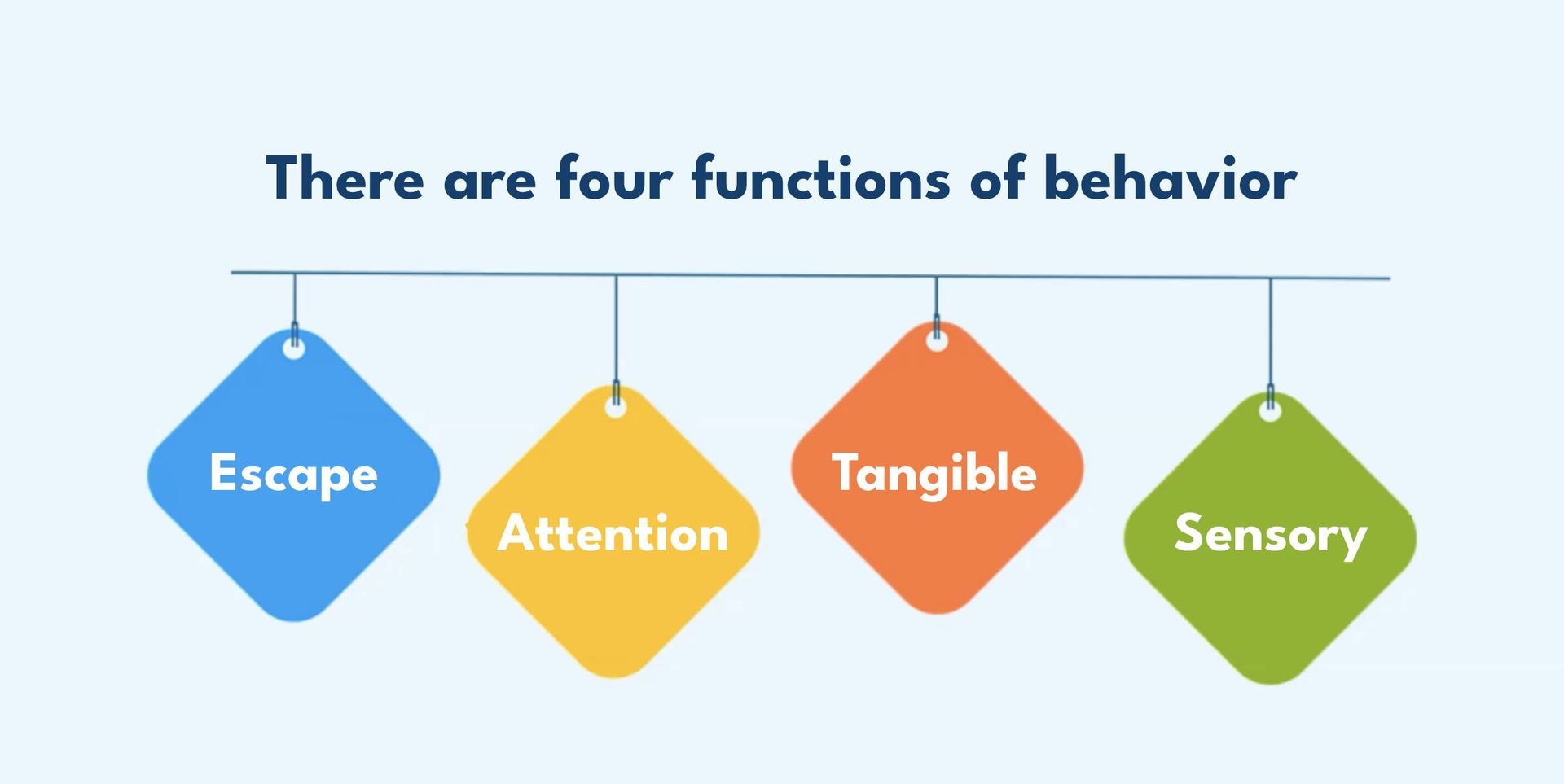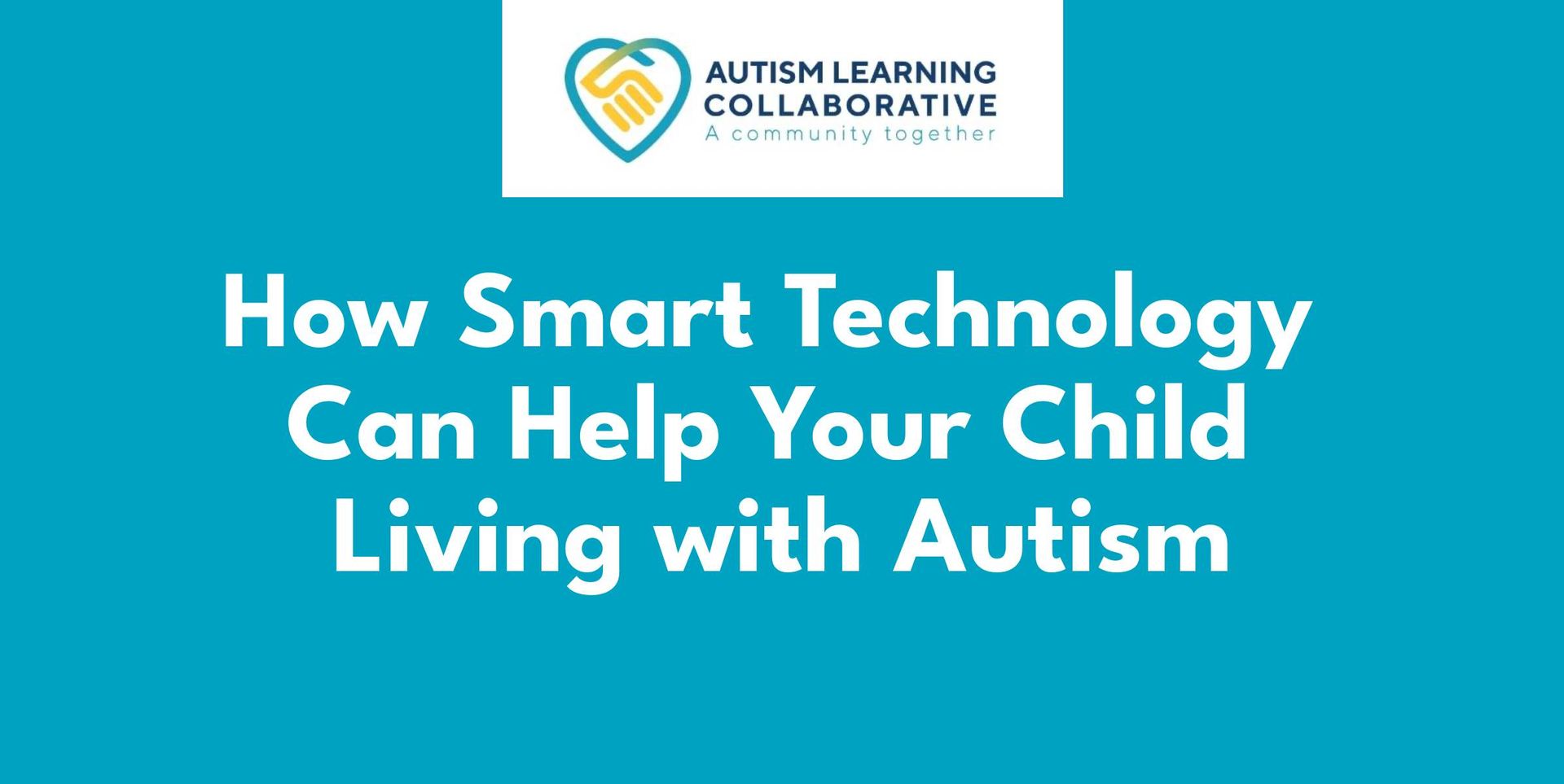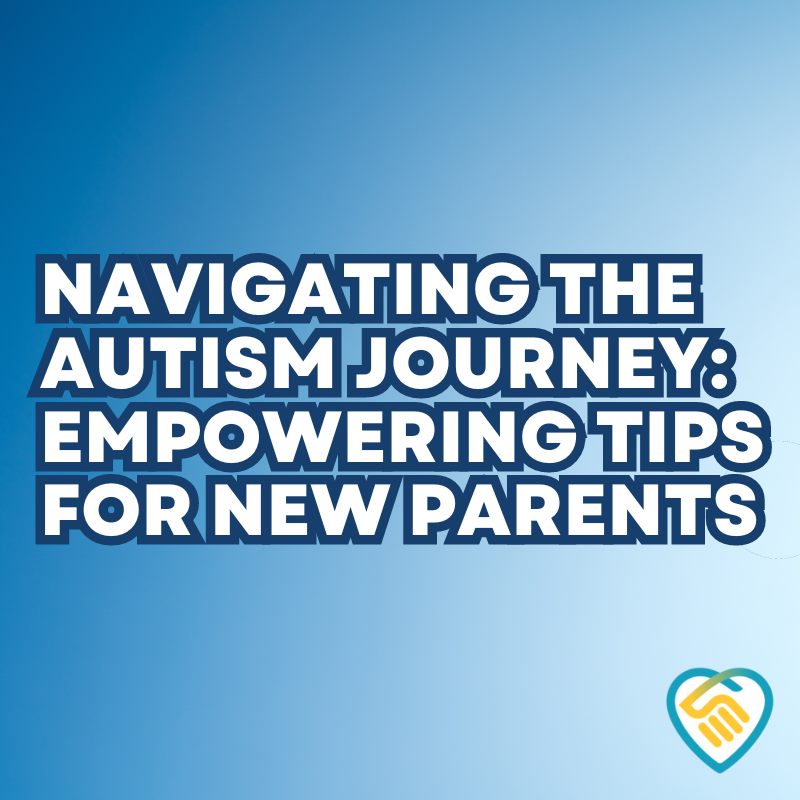Top 4 Qualities to Look For in an ABA Center

You are at the doctor’s office when they give you the news that your child has a diagnosis of Autism Spectrum Disorder (ASD).
ASD is a complex developmental disorder that affects 1 in every 59 births in America. The recommendation given is intensive Applied Behavior Analysis (ABA) therapy and the earlier you start the better. Now what? How do you know what qualities to look for in a top ABA provider?
The Autism Learning Collaborative is here to help. Not all ABA centers are created equal, but the right combination of traits will help you determine which ABA therapy center would be the best fit for your child.
Below are the top 4 qualities to look for when searching for your child’s ABA therapy center...
1. Credentials:
You will quickly learn that credentials are important when it comes to ABA centers. You want to make sure that a Board Certified Behavior Analysis (BCBA) will be managing your child’s case every step of the way. This certification is given after demonstrating a mastery of analyzing and interacting with the behavior patterns present in children with ASD, among other neurodivergent disorders.
- A major red flag is an ABA therapy center that has non-BCBAs managing cases. Also, look out for companies that list “BCBA Candidate” as this is not a recognized qualification.
- You will also want to make sure your BCBA is a Licensed Behavior Analyst (LBA). Qualifications and requirements vary by state. For example, in Texas, all BCBA’s also need to be licensed.
- It is also important to ask how many cases your child’s BCBA is managing. If they are managing 20+ cases, that is a red flag that they may not have enough proper clinical time to spend on each case. The BACB Guidelines note that oversight of 6-12 clients for comprehensive treatment is the average. The best ABA centers will work to make sure that their BCBA’s are not overloaded with cases, allowing these behavior analysts to devote the proper amount of time required to assist every child under their care.
2. Quality Programming:
Below are a few qualifications to look for in great programming from potential ABA centers. Every ABA center works differently, but be sure to look for these traits in particular.
- Observable data to back up every behavior and every program being ran
- Individualized plans; there should not be a “cookie-cutter” approach that is used for every child.
- Using only evidence-based practices with research showing positive results
- Ongoing direct assessment, analysis and adjustments to the treatment plan
- Plans based on reinforcement rather than punishment (only used as a last result)
- Replacement behaviors for behaviors that are being decreased
- Plans that address generalization and maintenance
3. Caregiver Training:
Your child’s ABA center’s programming should have a major focus on caregiver training. The end goal of most ABA plans is to have the child in the least restrictive environment possible. In order for that to happen, caregiver training needs to be an integral part of the process so that you can eventually implement procedures without the assistance of a BCBA.
- Caregiver training should include your BCBA developing ‘Caregiver Goals’ and data to be taken on your implementation of these goals. Training of caregivers usually involves a systematic, individualized curriculum on the basis of ABA principles.
- Caregiver Training should happen at least monthly, although more frequent meetings (weekly) are recommended.
4. Trust your instinct:
Just as when touring daycare facilities or schools, if something seems off then ask questions and follow up on those instincts. A quality ABA provider should make both you and your child feel comfortable, welcomed and at home. ABA therapy should be a source of stress relief for you and your family and not another added burden.
Tyler Moore
Founder, ASD Therapy Solutions
With 20+ years in behavioral healthcare and a child of his own on the Autism Spectrum, Tyler is deeply committed to helping steer Apara Autism Center through innovation, collaboration, and clinical excellence to improve the life of families impacted like his.


CONTACT US
Toll-Free: 844-743-6506







